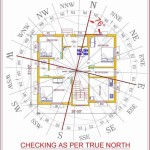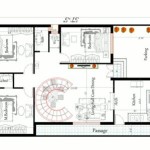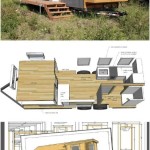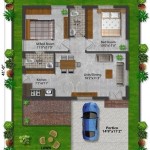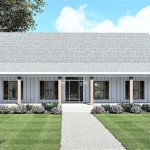Building Plans of My House
Building plans are essential documents for constructing or renovating a house. They provide a visual representation of the intended structure, detailing its dimensions, layout, and various components. These plans are crucial for obtaining building permits, guiding construction crews, and ensuring the final product aligns with the homeowner's vision.
A complete set of house plans typically includes several different drawings, each serving a specific purpose. These drawings can be broadly categorized into architectural, structural, electrical, plumbing, and mechanical plans. Understanding the purpose of each drawing is vital for both homeowners and construction professionals.
Architectural plans are the most recognizable and commonly discussed. They illustrate the overall design of the house, including the floor plans, exterior elevations, and building sections. Floor plans depict the layout of each floor, showing the location of walls, doors, windows, and other fixtures. Exterior elevations show the appearance of the house from different angles, indicating the materials and finishes to be used. Building sections offer a cutaway view of the house, revealing the internal structure and vertical dimensions.
Structural plans focus on the load-bearing elements of the house, ensuring its stability and safety. These plans detail the foundation, framing, and other structural components, specifying the materials, sizes, and connections required. Engineers typically prepare structural plans, taking into account the local building codes and soil conditions. Accurate structural plans are crucial for preventing structural failures and ensuring the longevity of the house.
Electrical plans outline the electrical wiring and fixtures throughout the house. They indicate the location of outlets, switches, lighting fixtures, and electrical panels. These plans also specify the wiring sizes and circuits required to power the various electrical systems in the house. Adhering to electrical codes and regulations is essential for safety and functionality.
Plumbing plans depict the layout of the water supply and drainage systems within the house. They show the location of pipes, fixtures, and appliances, including sinks, toilets, showers, and water heaters. Plumbing plans also specify pipe sizes and materials, ensuring proper water pressure and drainage. Accurate plumbing plans are essential for preventing leaks, water damage, and other plumbing issues.
Mechanical plans detail the heating, ventilation, and air conditioning (HVAC) systems in the house. They show the location of ducts, vents, registers, and HVAC equipment, including furnaces, air conditioners, and heat pumps. These plans also specify the duct sizes and airflow requirements for proper ventilation and temperature control. Efficient HVAC system design is crucial for energy efficiency and comfortable living conditions.
The level of detail in building plans can vary depending on the complexity of the project and the requirements of the local building authorities. Some jurisdictions may require detailed plans for even minor renovations, while others may allow for simplified plans for smaller projects. It's essential to consult with local building officials to determine the specific requirements for your project.
Working with qualified architects, engineers, and contractors is crucial for developing comprehensive and accurate building plans. These professionals possess the expertise and experience to translate your vision into detailed drawings that meet all the necessary building codes and regulations. They can also provide valuable guidance on material selection, construction techniques, and cost estimation.
Modern technology has significantly impacted the creation and utilization of building plans. Computer-aided design (CAD) software allows for precise and detailed drawings, making it easier to visualize the final product. Building Information Modeling (BIM) software takes this a step further, creating a 3D model of the house that incorporates all the different systems and components. These digital tools facilitate collaboration among different professionals involved in the project and improve the overall efficiency of the construction process.
Accessing and storing building plans has also been simplified with digital technology. Cloud-based platforms allow architects, contractors, and homeowners to access plans from anywhere, facilitating communication and collaboration. Digital storage also eliminates the risk of losing or damaging physical copies of the plans.
Building plans are not static documents. Changes and revisions are often necessary during the construction process due to unforeseen circumstances or design modifications. A well-defined change management process is essential for tracking and documenting any changes made to the plans. This ensures that everyone involved in the project is working with the most up-to-date information and minimizes the risk of errors or inconsistencies.
Maintaining a complete and accurate set of building plans is essential even after the construction is complete. These plans serve as a valuable reference for future renovations, repairs, and maintenance. They can also be helpful for insurance purposes and for determining the value of the property.

House Plans How To Design Your Home Plan

House Plans How To Design Your Home Plan

House Plans How To Design Your Home Plan

Floor Plans Types Symbols Examples

House Plans How To Design Your Home Plan

Where You Can Buy House Plans Live Home 3d

House Plans How To Design Your Home Plan

How To Get Blueprints Of Your House

Floor Plan Creator And Designer Free Easy App

Floor Plans Learn How To Design And Plan

